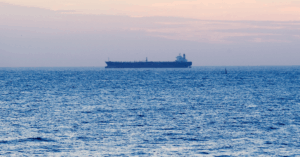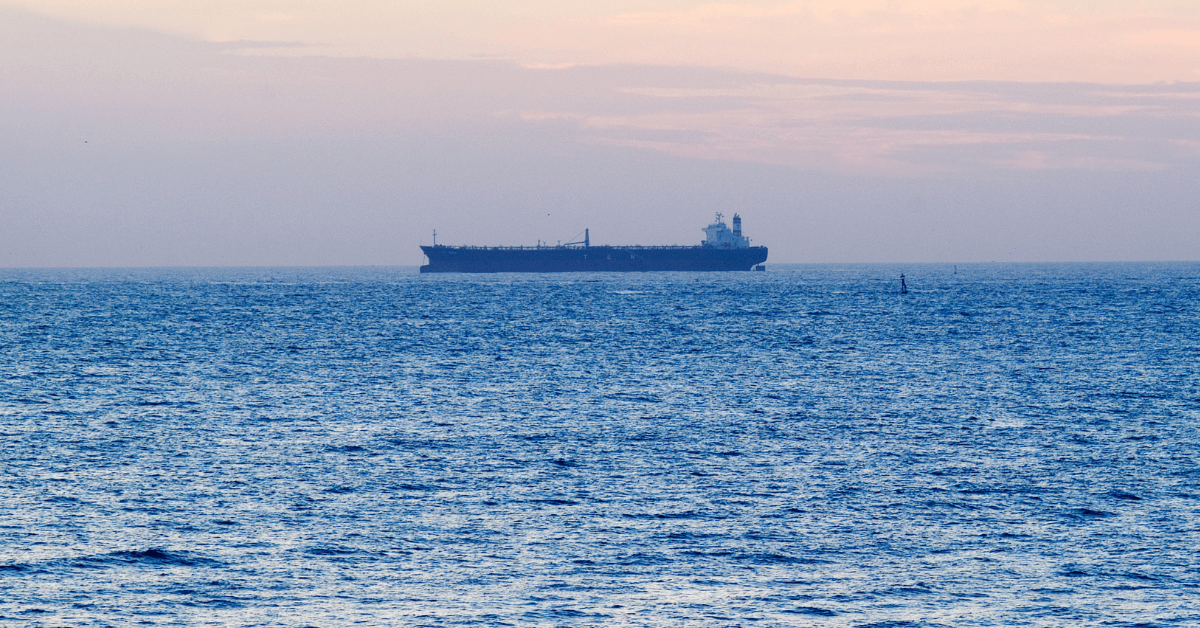
World’s Largest Sailing Yacht Floats Out In France
June 21, 2025
Denmark Deploys Uncrewed Sailboats To Patrol Baltic And North Seas
June 23, 2025

Iran’s parliament voted on Sunday to support the closure of the Strait of Hormuz, a key waterway used for global oil trade, after the United States launched airstrikes on three of Iran’s nuclear sites.
According to state-run Press TV, the decision now goes to the Supreme National Security Council, which is Iran’s top defense and security authority. Only this council has the power to enforce the closure.
Lawmakers called the vote symbolic but significant. They said it shows growing pressure on Iran’s leaders to respond to what they described as a “blatant act of aggression” by the U.S. and its allies.
Parliament members reported that the vote passed with overwhelming support. However, Iranian officials clarified that the strait is not being shut immediately. The measure only gives permission for it to be closed as part of a future defense strategy.
The vote came less than 24 hours after the U.S. carried out coordinated military strikes targeting nuclear facilities in Natanz, Fordow, and Isfahan. American officials said over 125 aircraft, more than two dozen Tomahawk missiles, and 14 bunker-buster bombs were used in the attacks. They claimed the operation “obliterated” Iran’s main nuclear sites.
The Strait of Hormuz, located between Iran and Oman, is one of the world’s most important oil chokepoints. It connects the Persian Gulf with the Gulf of Oman and the Arabian Sea. Every day, around 20% of the world’s oil and liquefied natural gas passes through this narrow route, including exports from Saudi Arabia, Iraq, UAE, Qatar, and Iran itself.
At its tightest point, the strait is only 33 kilometers wide. The shipping lanes in each direction are just 3 kilometers wide, making it easy to block or attack. Because of this, any disruption could immediately impact global oil markets.
On Sunday afternoon, global oil prices rose sharply. Brent crude futures jumped more than 9%, reaching levels not seen since the end of 2022, as investors worried about increased instability in the region.
Iranian MP Mohammad Hassan Asfari, who serves on the parliament’s national security committee, told state media that closing the strait is one of Iran’s “clear options” in response to attacks. He added that the country will decide on the timing.
Another member of the committee, Major General Kowsari, said there is broad agreement in parliament about shutting the strait, but the Supreme National Security Council will make the final decision.
In the U.S., the White House did not directly comment on the vote. However, a senior official said Washington is “monitoring the situation closely” and has taken steps to keep trade flowing freely in the Gulf.
U.S. Secretary of State Marco Rubio addressed the issue on Fox News. He urged China to step in and discourage Iran from blocking the strait, adding that Beijing heavily relies on oil transported through it. Rubio said, “If they do that, it will be another terrible mistake. It’s economic suicide for them.” He also warned that closing the strait would be a “massive escalation” and said the U.S. has options to respond.
Iran’s Foreign Minister Seyed Abbas Aragchi did not give a clear answer when asked about the strait. He told reporters that “a variety of options are available with Iran.”
So far, Iran has never fully blocked the strait, even during conflicts. In the 1980s Iran-Iraq war, both sides attacked tankers passing through the strait, but traffic continued.
Experts say Iran might hesitate to close the strait completely because it uses the same route for its own exports, especially oil to China. Tehran also risks damaging its growing relations with neighboring Gulf countries like Saudi Arabia, which are trying to improve ties with Iran.
According to the U.S. Energy Information Administration, over one-fourth of the world’s seaborne oil trade and one-fifth of oil and petroleum consumption depend on the Strait of Hormuz. Also, about one-fifth of global liquefied natural gas (LNG) passes through, mostly from Qatar.
There are a few alternate routes for oil exports, but they can’t match the volume. Saudi Arabia has a 5 million barrel-per-day pipeline running from the Persian Gulf to the Red Sea. The UAE operates a 1.8 million barrel-per-day line to the Gulf of Oman. However, this is still far less than the 20 million barrels per day that go through Hormuz.
References: Reuters, Gulf News
Source: Maritime Shipping News


